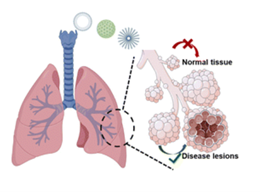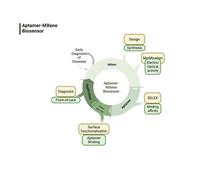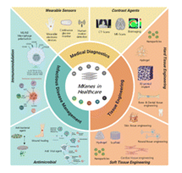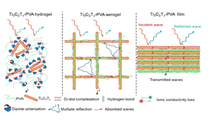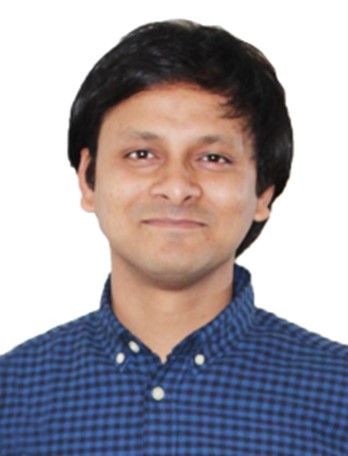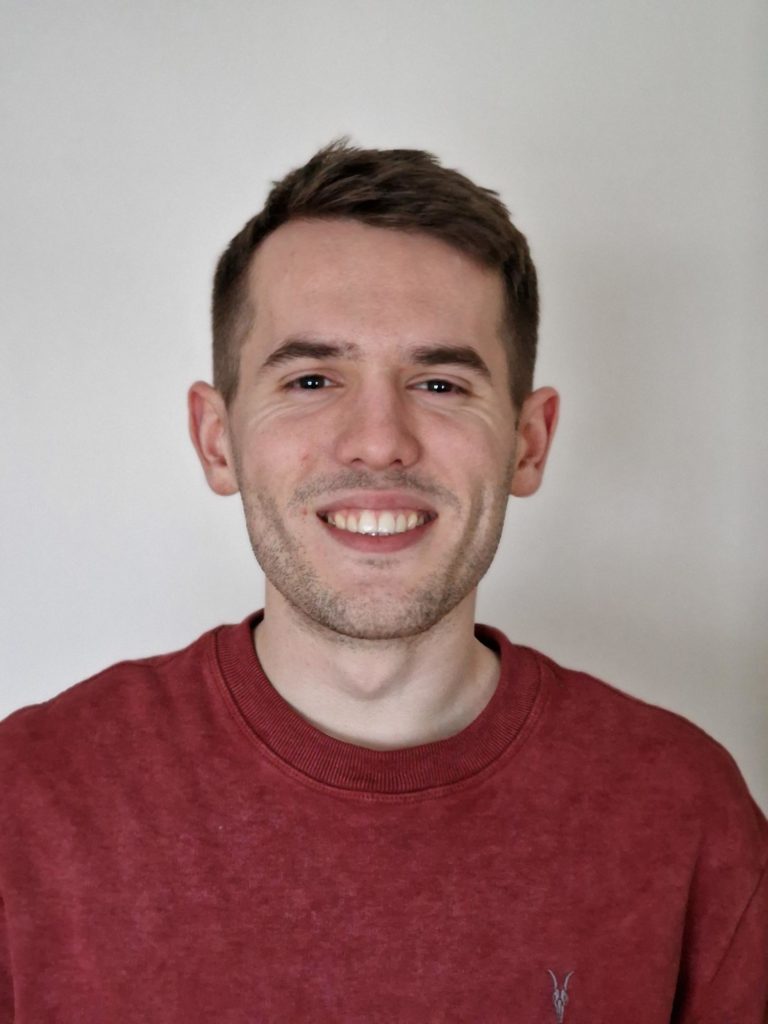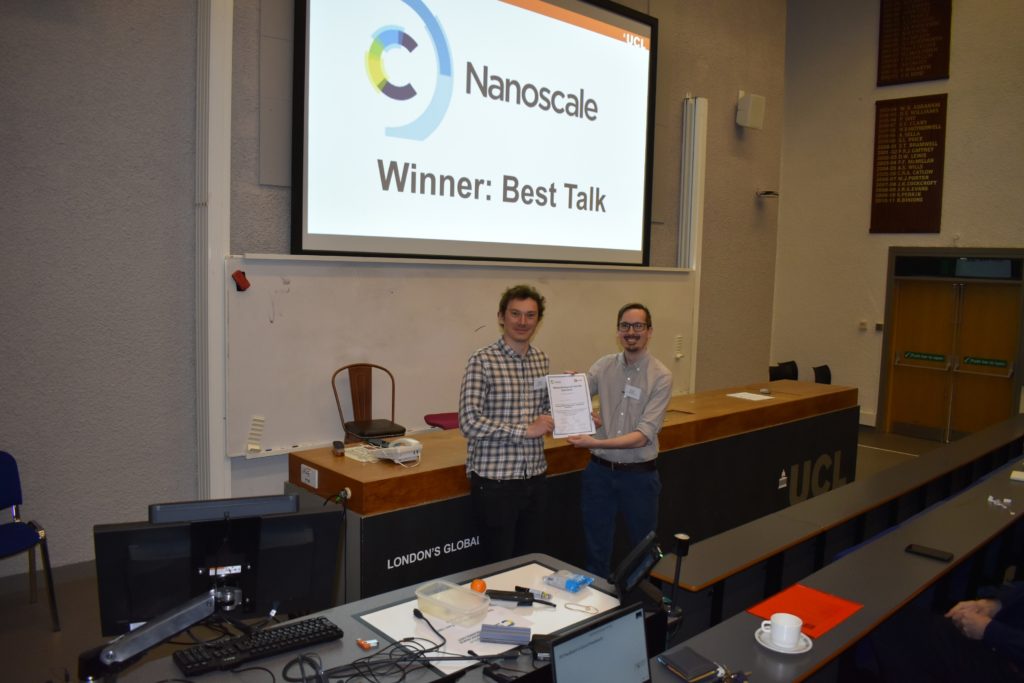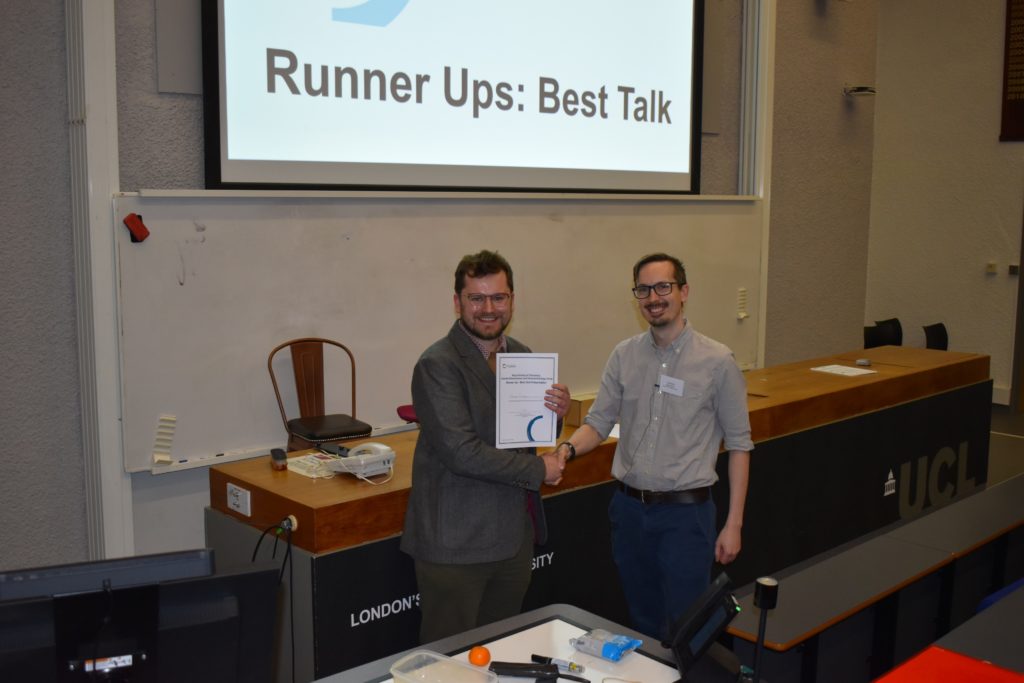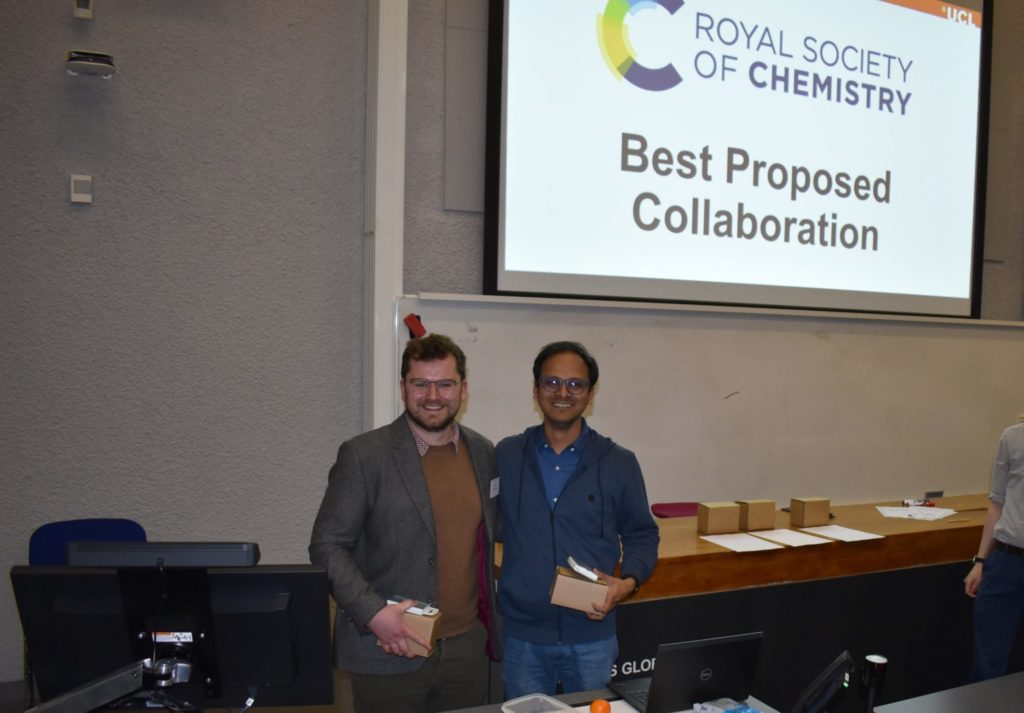Theranostic nanoplatforms for biomedicine
Discover the latest research in this Nanoscale collection
We invite you to discover the latest research from Theranostic nanoplatforms for biomedicine collection, guest edited by Professor Nguyen T. K. Thanh (University College London, UK), Professor Sophie Laurent (University of Mons, Belgium), Professor Sylvie Begin-Colin (University of Strasbourg, France) and Professor Teresa Pellegrino (Italian Institute of Technology, Italy).

For nanomedicine to fill its promise, either direct intratumoral injection or active targeting with affinity ligands to achieve favourable specificity and biodistribution profiles is critical for accurate detection, monitoring and therapeutic efficacy. Such smart approaches, when translated to clinical uses, will have a great impact on the management of cancer and other diseases to improve patient survival and quality of life. However, for further clinical translation of nanoplatforms, a key step is their scale-up.
This special collection in Nanoscale focuses on the design of multifunctional hybrid nanomaterials for theranostics in biomedicine, with a focus on the scaling-up of these nanomaterials for translational studies.
Check out some of the featured articles below:
All articles in the collection are free to read until the 15th July 2025.
Check out some of the featured articles below:
|
|
Nanomedicines for targeted pulmonary delivery: receptor-mediated strategy and alternative Wenhao Wang, Ziqiao Zhong, Zhengwei Huang, Tze Ning Hiew, Ying Huang, Chuanbin Wu and Xin Pan Nanoscale, 2024,16, 2820-2833
|
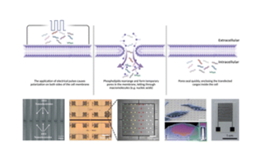 |
Advanced micro/nano-electroporation for gene therapy: recent advances and future outlook
Feng Liu, Rongtai Su,Xinran Jiang, Siqi Wang, Wei Mu and Lingqian Chang Nanoscale, 2024,16, 10500-10521 |
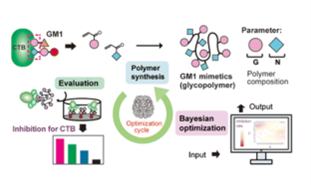 |
Bayesian optimization of glycopolymer structures for the interaction with cholera toxin B subunit Masanori Nagao, Osuke Nakahara, Xincheng Zhou, Hikaru Matsumoto and Yoshiko Miura Nanoscale, 2024,16, 12406-12410 |
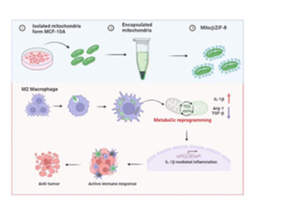 |
Encapsulated mitochondria to reprogram the metabolism of M2-type macrophages for anti-tumor therapy
Yonghui Wang, Chang Liu, Xiaodong Ma, Anne Filppula, Youbin Cui, Jiangbin Ye and Hongbo Zhang Nanoscale, 2024,16, 20925-20939 |


